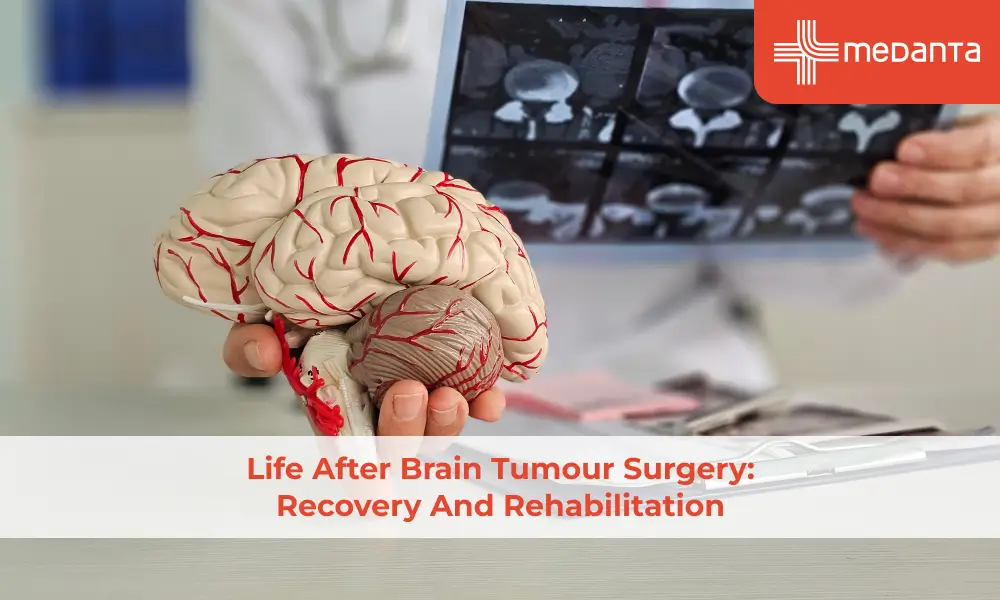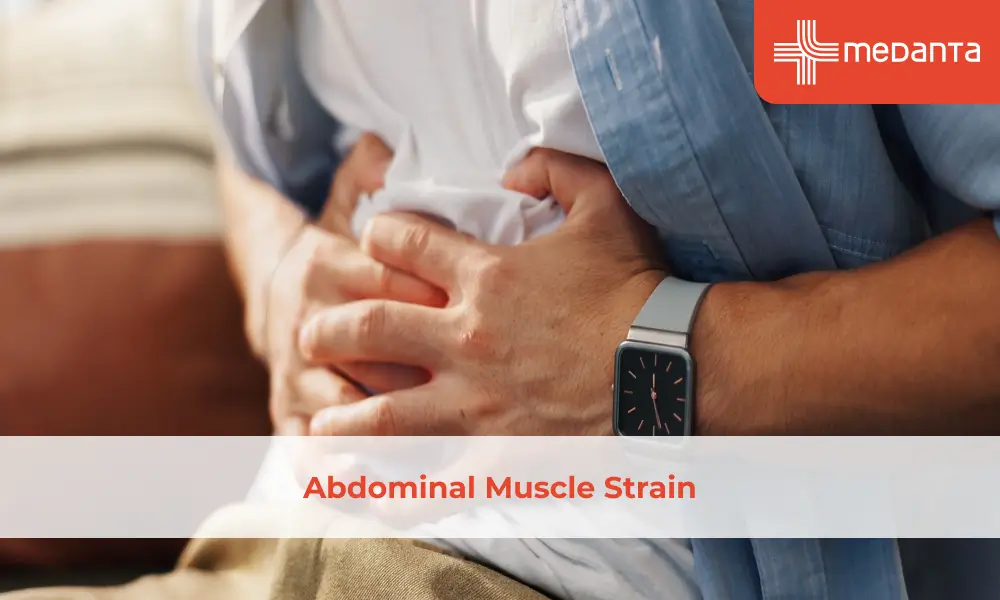Know more about Ventricular Tachycardia

If a cardiac rhythm has at least three consecutive ventricular heartbeats and more than 100
beats per minute, it is referred to as ventricular tachycardia. It results from a problem with
the electrical system of the heart. The duration of ventricular tachycardia might range from a few seconds to many minutes. Even though it might not induce symptoms, if they do, they could include lightheadedness, dizziness, and fainting.
A small region in the right atrium (right upper chamber) of the heart, called the sinus node,
initiates an electrical impulse which is the source of the typical heartbeat. The lower chambers (ventricles) are where ventricular tachycardia starts and it is extremely rapid. Ventricular tachycardia may not be problematic if it lasts only a few seconds. However, persistent ventricular tachycardia might drop blood pressure, which can cause syncope or
fainting and dizziness. Additionally, ventricular tachycardia can cause cardiac arrest and
potentially fatal arrhythmia ventricular fibrillation.
Causes of Ventricular Tachycardia:
Poor cardiac signalling results in ventricular tachycardia, which accelerates the heart rate in the bottom heart chambers (ventricles). The rapid heartbeat prevents the ventricles from filling and contracting enough to provide adequate blood supply to the body. Electrical impulses set your heart’s rhythm and regulate your heart rate by starting each contraction. Ventricular tachycardia can develop if this mechanism is disturbed and too many electrical impulses are sent out at once. Because of the quick beating, the ventricles have insufficient time to fill up blood before the contraction of the heart.
The ventricles are the two bottom chambers of the heart. They swell when blood is sent to
the rest of the body from the upper chambers of the heart. Because of this, ventricular tachycardia may prevent your heart from pumping enough blood to the body’s other organs.
Short-term ventricular tachycardia may not elicit any symptoms other than palpitations, or
chest fluttering. However, symptoms that persist longer than 30 seconds may be more
Severe.
The following can be the causes of Ventricular Tachycardia:
- Scarred cardiac tissue from a previous heart attack or another heart problem called structural heart disease.
- Coronary artery disease causes the heart muscle’s blood supply to be inadequate.
- Congenital cardiac conditions. which includes long QT syndrome
- Electrolyte imbalance in the blood, including those of potassium, sodium, calcium, and magnesium
- Side effects of medication
- Cocaine or methamphetamine is used as a stimulant
- A kind of cardiac illness called cardiomyopathy damages the heart muscle.
- Ischemic heart disease is a condition that occurs when blood flow to the heart is restricted by narrow heart arteries, frequently as a result of plaque development.
- Heart failure happens when the heart is unable to adequately pump blood.
- Myocarditis is an inflammation of the heart muscle that is typically brought on by an
- infection.
- If your blood pH is either too acidic or not acidic enough, or if it is either too alkaline or not alkaline enough, then acid-base imbalances may develop.
Symptoms of Ventricular Tachycardia:
Blood may not reach the remainder of the body adequately if the heart is beating too rapidly. So the tissues and organs could not receive adequate oxygen. A shortage of oxygen is the cause of the signs and symptoms that appear during a ventricular tachycardia episode. Ventricular tachycardia sometimes referred to as VT, can remain longer than 30 seconds or spontaneously disappear within 30 seconds. Short bouts might not result in any
symptoms. However, persistent VT might have detrimental effects. If you experience any of these potentially dangerous ventricular tachycardia symptoms, you should seek emergency assistance straight away to reduce your risk of cardiac arrest and death. The symptoms to watch out for are:
- Pain in the chest called angina
- Drowsiness
- Rapid and Pounding heartbeat or palpitations.
- Lightheadedness
- Difficulty in breathing
- Fainting
- Losing consciousness
If a person notices their heartbeat is unusual, they should see a doctor right once. In addition, if they develop VT symptoms, they should contact a doctor. In this manner, a medical expert can establish an early diagnosis and reinstate a regular heartbeat. A person with VT may occasionally lose consciousness or go into cardiac arrest, both of which can cause unexpected death.






